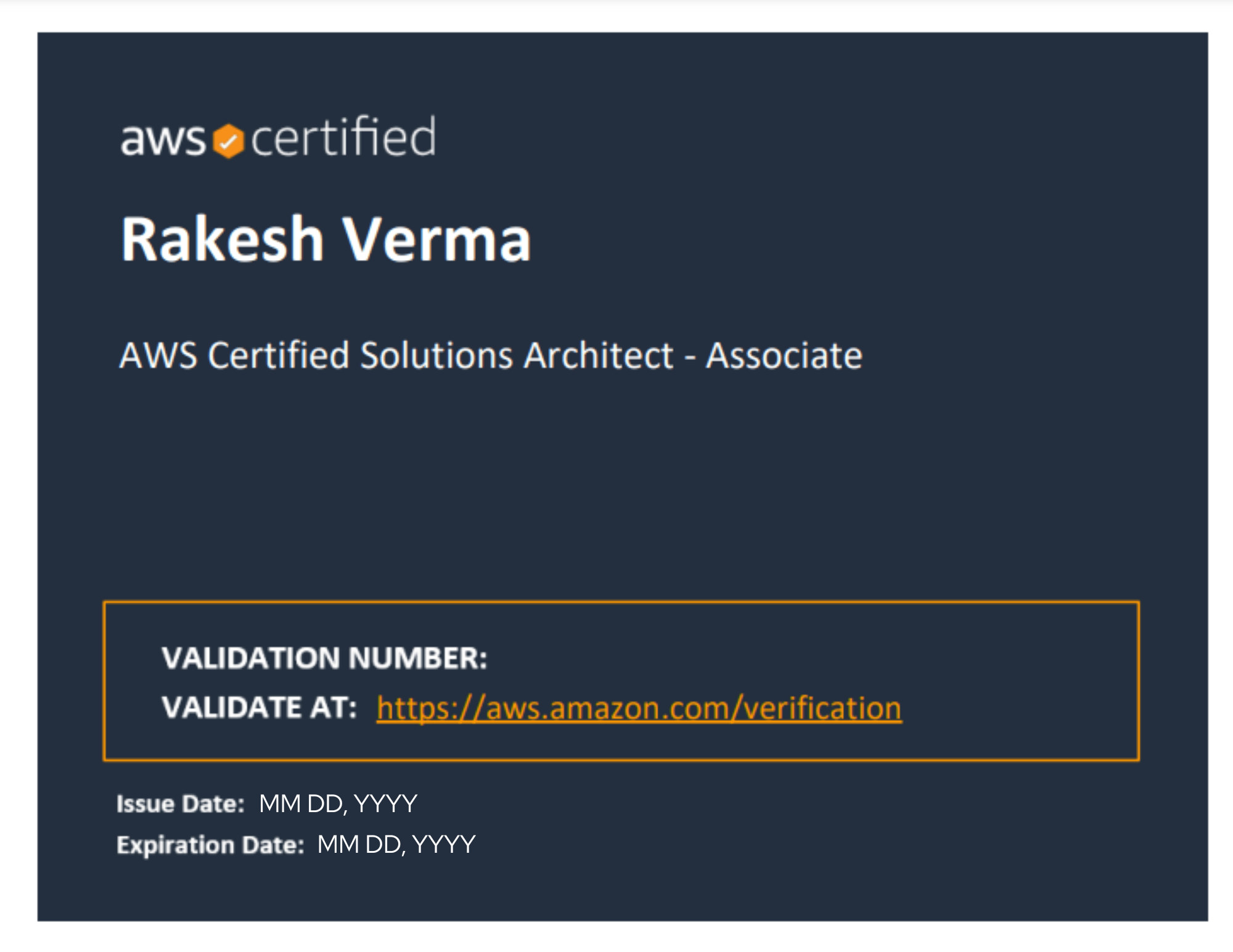Why Study AWS Cloud?
• Market Leader: The market share of cloud computing is the largest for AWS.
• Career Acceleration: AWS certified professionals make 30 – 50% more than their non-certified peers.
• Business Demand: More than 80% of Fortune 500 businesses utilize AWS Cloud Services.
• Flexible Skillset: The learned skills are transferable across job roles – cloud engineer, solution architect, DevOps, data engineer, etc.
• International Acceptance: AWS Cloud Certification is globally accepted and recognized across all sectors.
• Whether you’re preparing for the AWS Certification Path, the AWS Cloud Practitioner Certification Training, or want to learn AWS from scratch, this training positions you perfectly for global opportunities.
Who can sign up for this AWS Cloud Training?
This course is appropriate for:
• Freshers or final year students of B.Tech, BCA, MCA, or IT-related courses.
• Working professionals who want to transition to cloud computing through a structured AWS Certification Training.
• System support engineers and administrators looking to advance their careers via AWS Training and Certification.
• Non-coders with some experience with Linux and Networking.
💡 We recommend this course to the candidates with a basic understanding of Networking and Linux for maximum gain. It’s a great place to learn AWS from scratch and start your journey toward becoming an AWS Certified Cloud Practitioner or Solution Architect.
Get Quotation
AWS Certification Path
Our study is aimed at obtaining the AWS Solutions Architect – Associate certification and includes:
• Most important concepts of the AWS Certified Cloud Practitioner exam.
• Chosen relevant practical subjects from the AWS Solutions Architect – Professional level.
On graduation, the students can simply advance to:
• AWS Certified Developer – Associate
• AWS Certified SysOps Administrator – Associate
• AWS Certified DevOps Engineer – Professional
• Or get certified in Microsoft Azure, Google Cloud, or DevOps Tools like Docker and Kubernetes – based on your chosen AWS Certification Path.
What follows this training?
After training, students should:
⏩ Learn and take the AWS Solutions Architect – Associate certification exam with the help of our AWS Exam Preparation Guide.
⏩ Start hands-on AWS Cloud projects and internships.
⏩ Upgrade with Docker and Kubernetes skills for cloud-native development and DevOps careers.
⏩ Optionally acquire multi-cloud capabilities (Azure or GCP) to become more job-ready.
⏩ Transition to job roles such as Cloud Engineer, AWS Consultant, DevOps Engineer, or Solutions Architect through our AWS Training and Certification program.



